7 Different Methods for Finding Groundwater
Groundwater is vital for many communities across the United States. It's something humans and livestock can't live without! According to The Groundwater Foundation, over 50% of the United States population depends on groundwater for drinking water. As a result, it's essential to understand the different methods available for finding relevant water sources. This article will explore a few methods for doing so that you may be able to get from your local environmental services company.
1. Remote Sensing
Remote sensing is a soil and groundwater exploration method that uses satellites, airplanes, and other technology to map soil types, soil moisture, potential aquifers, and other characteristics. Use it to detect areas of deep soil saturation or where the soil is shallow enough for wells. This sensing technology can also identify soil layers and soil types, which helps surveyors understand how groundwater moves underground. Remote sensing is cost-effective and efficient, but it's important to note that this technology doesn't provide information about the quality of soil or groundwater.
2. Geophysical Surveys
Geophysical surveys use electromagnetic, acoustic, gravity, or magnetic signals to determine soil properties and create a subsurface map. This method is most useful for locating water-saturated soil layers that may be potential aquifers. Geophysical survey techniques are an effective way to gather information about soil type and depth without digging for it. This strategy is recommended for anyone looking for groundwater in an unfamiliar area, as it allows you to collect information without breaking the surface of the earth. However, this method can be time-consuming and expensive, so it's important to consider other soil and groundwater exploration methods if cost is an issue.
3. Pore Pressure Measurement
Pore pressure measurement is a groundwater collection method that uses soil gas pressure to detect the conditions in the soil. These pressure measurements allow for the collection of drinkable water data in real-time, allowing for a more accurate understanding of soil types and soil saturation levels. This method is valuable when trying to determine current soil and groundwater conditions or if there is potential for an aquifer.
4. Soil Sampling and Analysis
Soil sampling and analysis is a soil and groundwater exploration method that involves taking soil samples from the subsurface to analyze soil type, saturation, moisture content, and potential aquifers. This method can provide detailed information about soil type and saturation levels, which can be useful when trying to understand potential aquifers. Soil sampling and analysis are relatively inexpensive and relatively efficient, making it a popular way to explore the soil for drinking water.
5. Groundwater Pumping Tests
Groundwater pumping tests use pumps to measure soil saturation levels and identify potential aquifers. This method is useful for understanding soil type, soil saturation levels, and the potential for an aquifer. Groundwater pumping tests can be expensive and time-consuming, but they provide detailed information about soil type and soil saturation levels.
6. Borehole Logging
Borehole logging involves drilling boreholes into the soil to collect soil data. The holes are then filled with soil samples, and data is collected about soil type and soil saturation levels. This way of exploring the soil for water provides researchers with detailed information about soil types, soil saturation levels, and potential aquifers. Borehole logging is expensive but provides a high level of detail.
7. Electromagnetic Signal Measurement
There are a few ways to find groundwater with electromagnetic signal measurement. The first involves sending an electric current into the earth. The equipment can detect the hydrogen atoms found in water molecules. Another method detects differences in the isotope content of the soil. These techniques used together can determine the amount of water, the direction the water is flowing, and the estimated age of the water.
These are a few methods that environmental professionals can use to find clean and reliable ways to access water. These soil and groundwater exploration methods include geophysical surveys, groundwater pumping tests, and borehole logging. It's important to consider all groundwater and soil exploration methods before deciding on the best course of action. No matter how you decide to approach searching for groundwater, make sure you're considering the environment and safety of your community. Do you have more questions about soil and groundwater? Call Anco Environmental Services Inc for more information and to get started with our services.


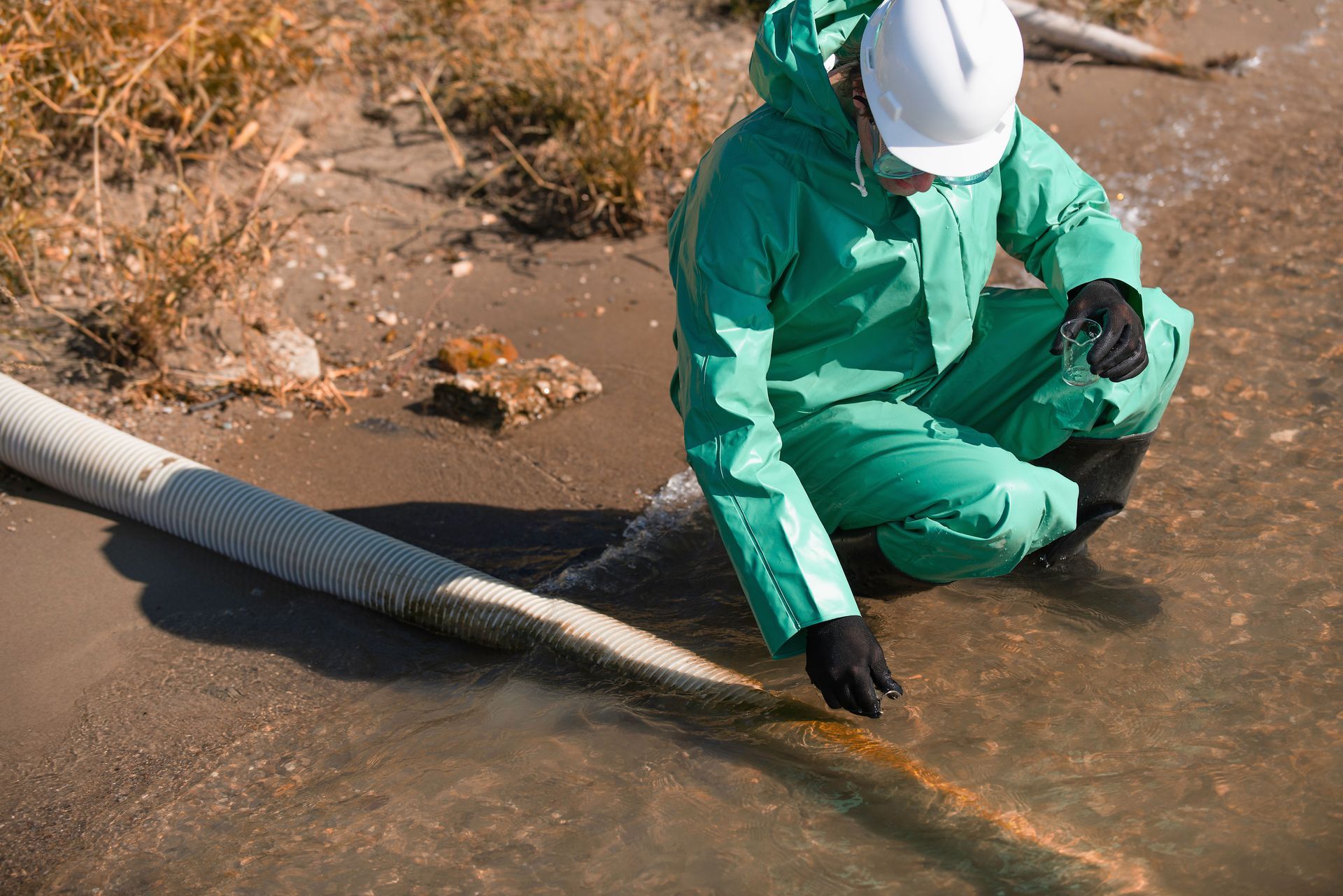
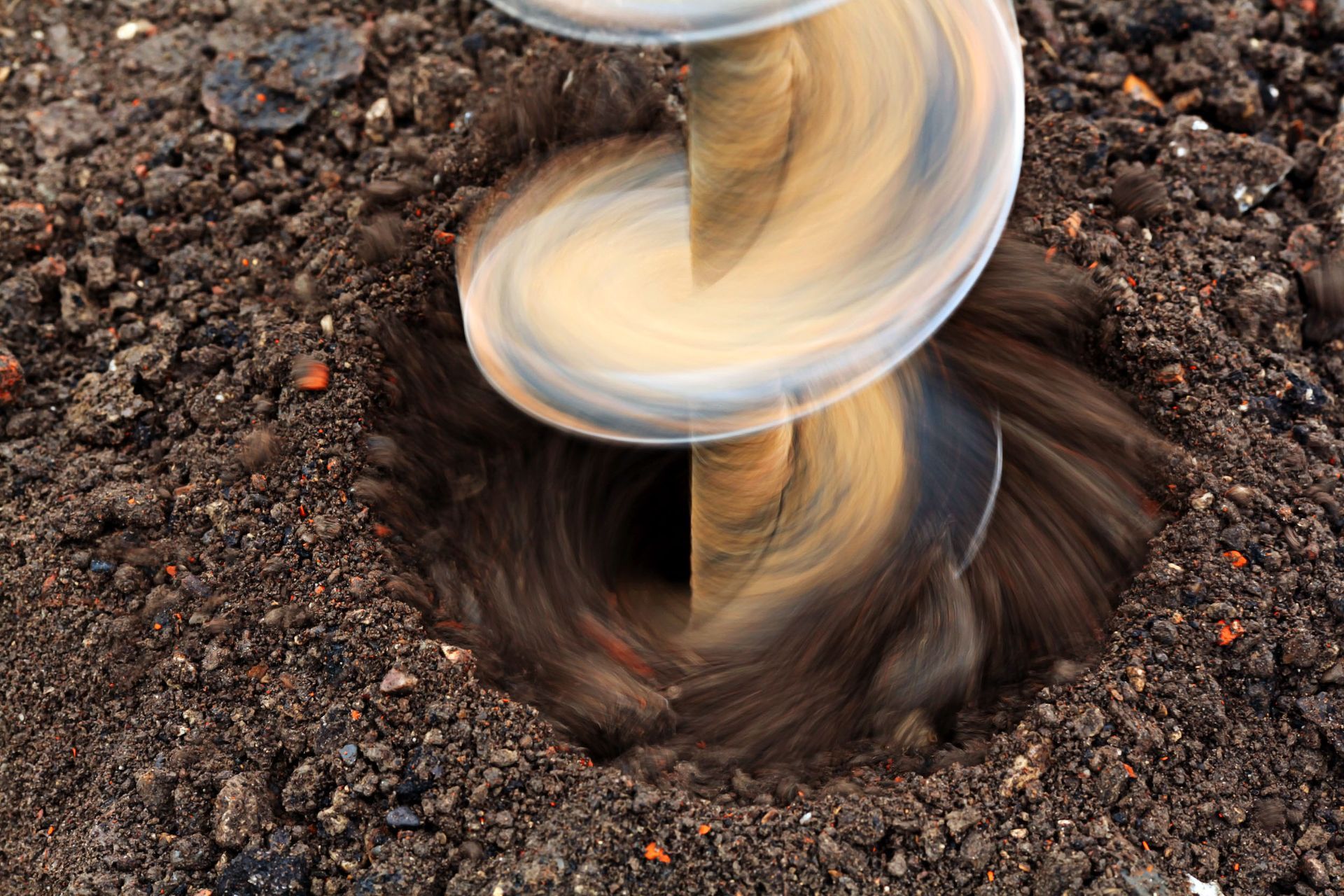
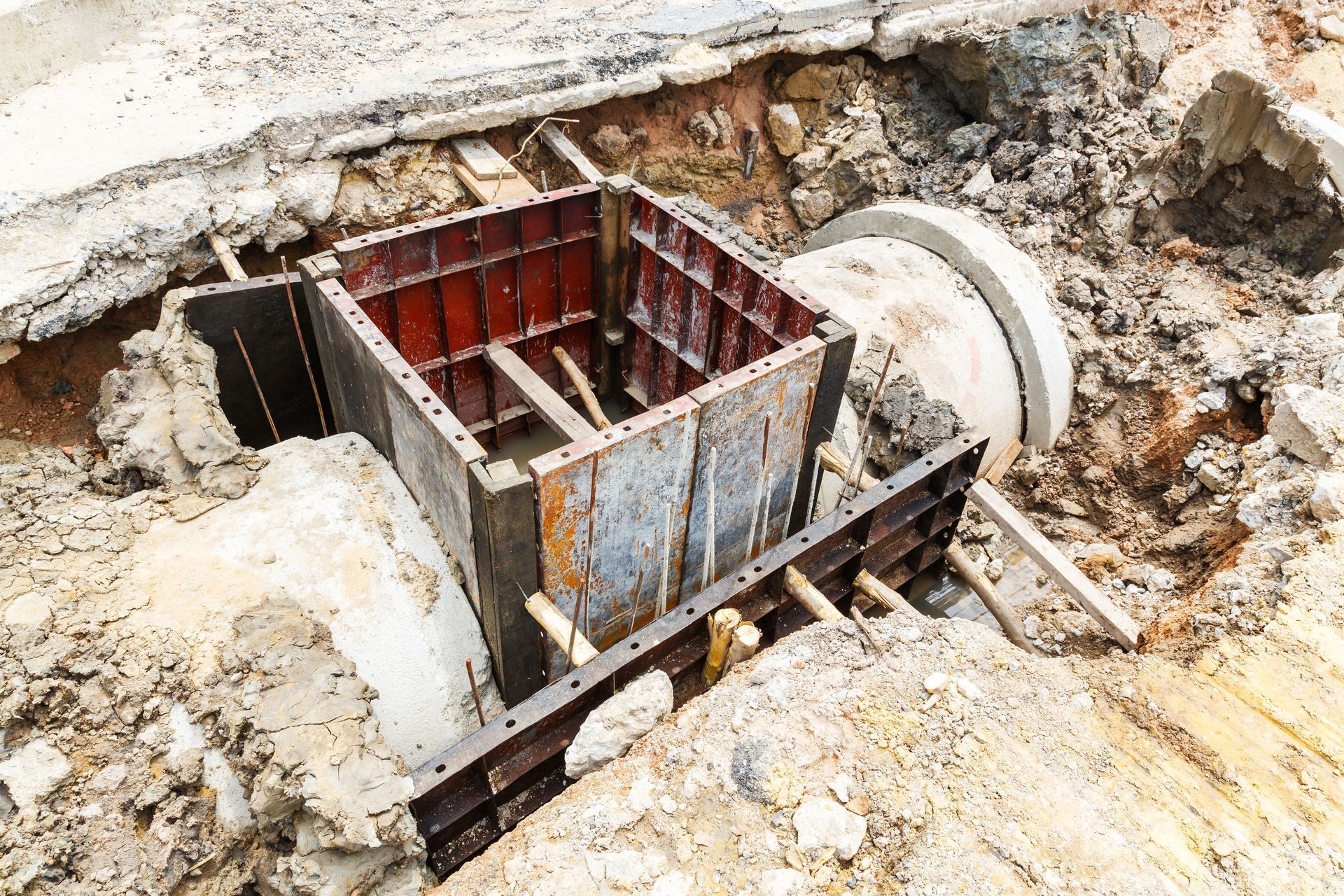
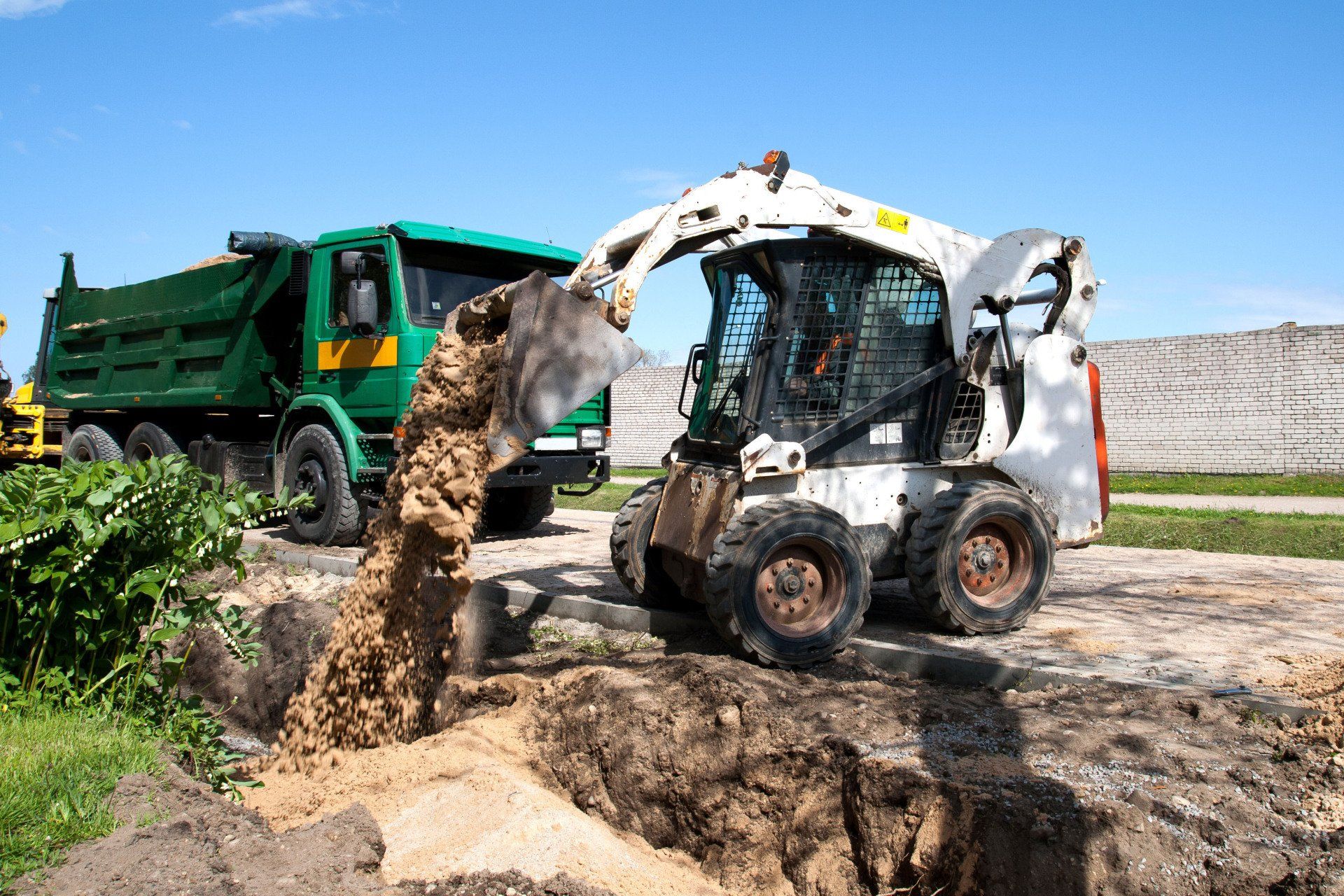
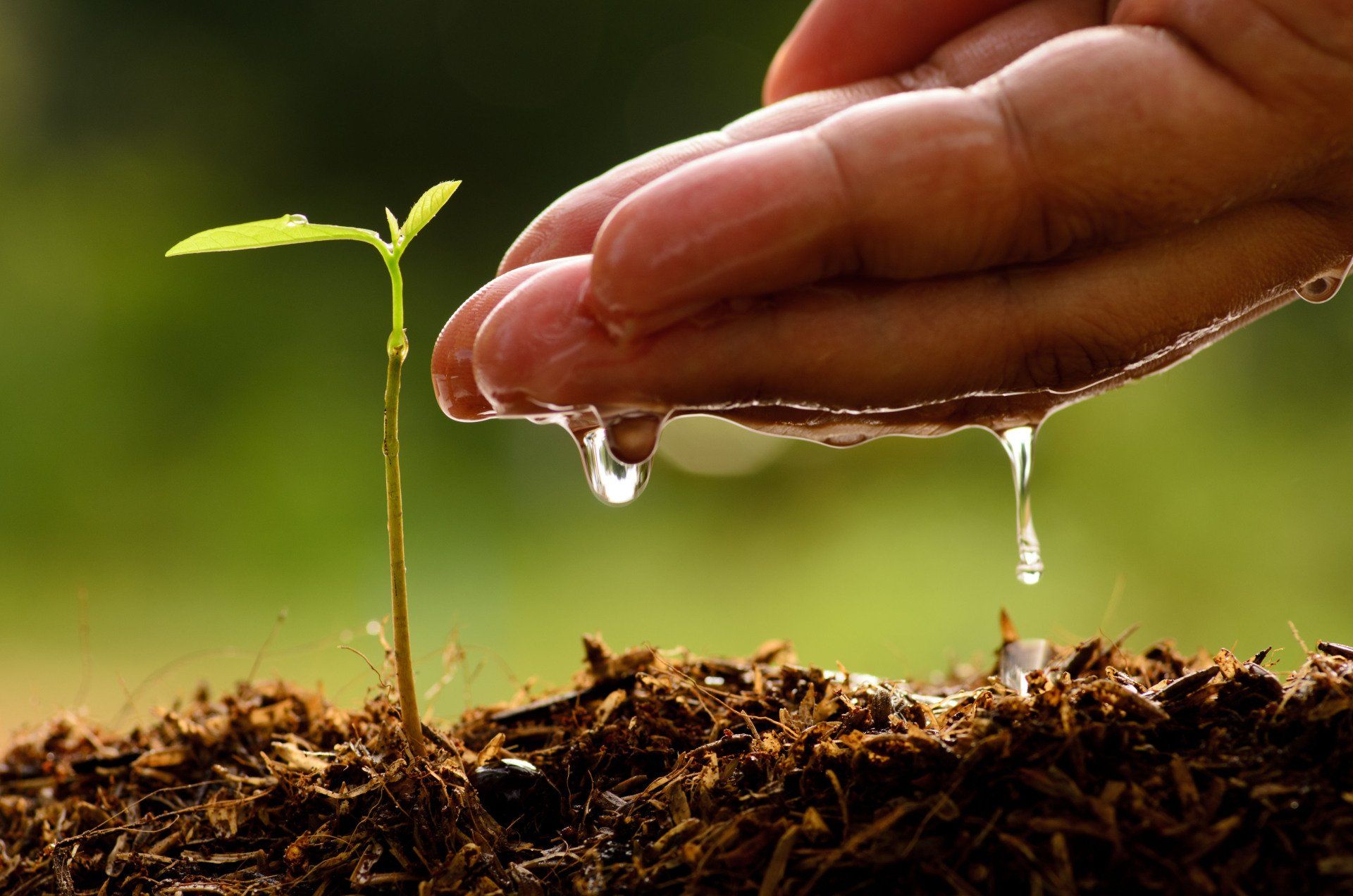
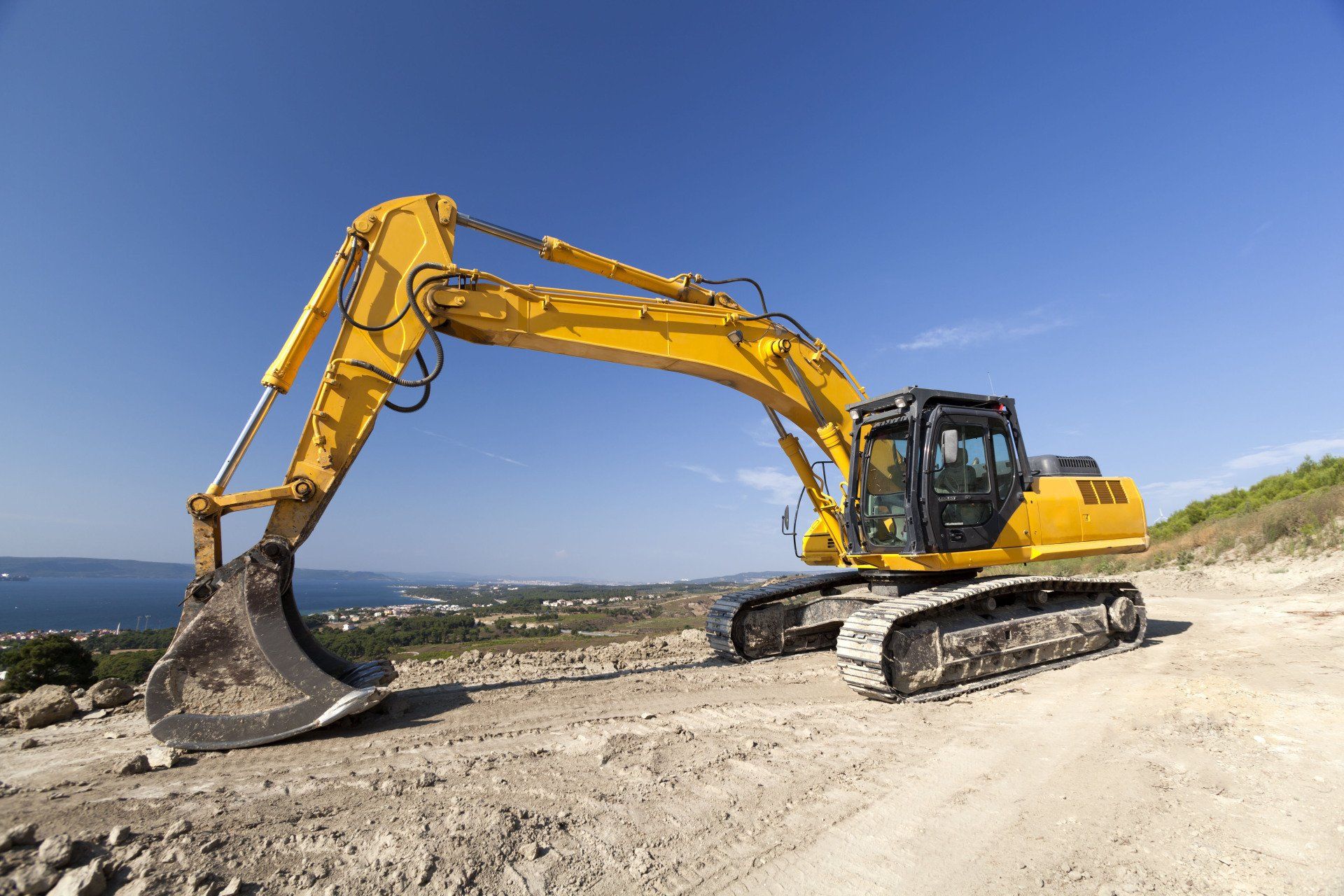
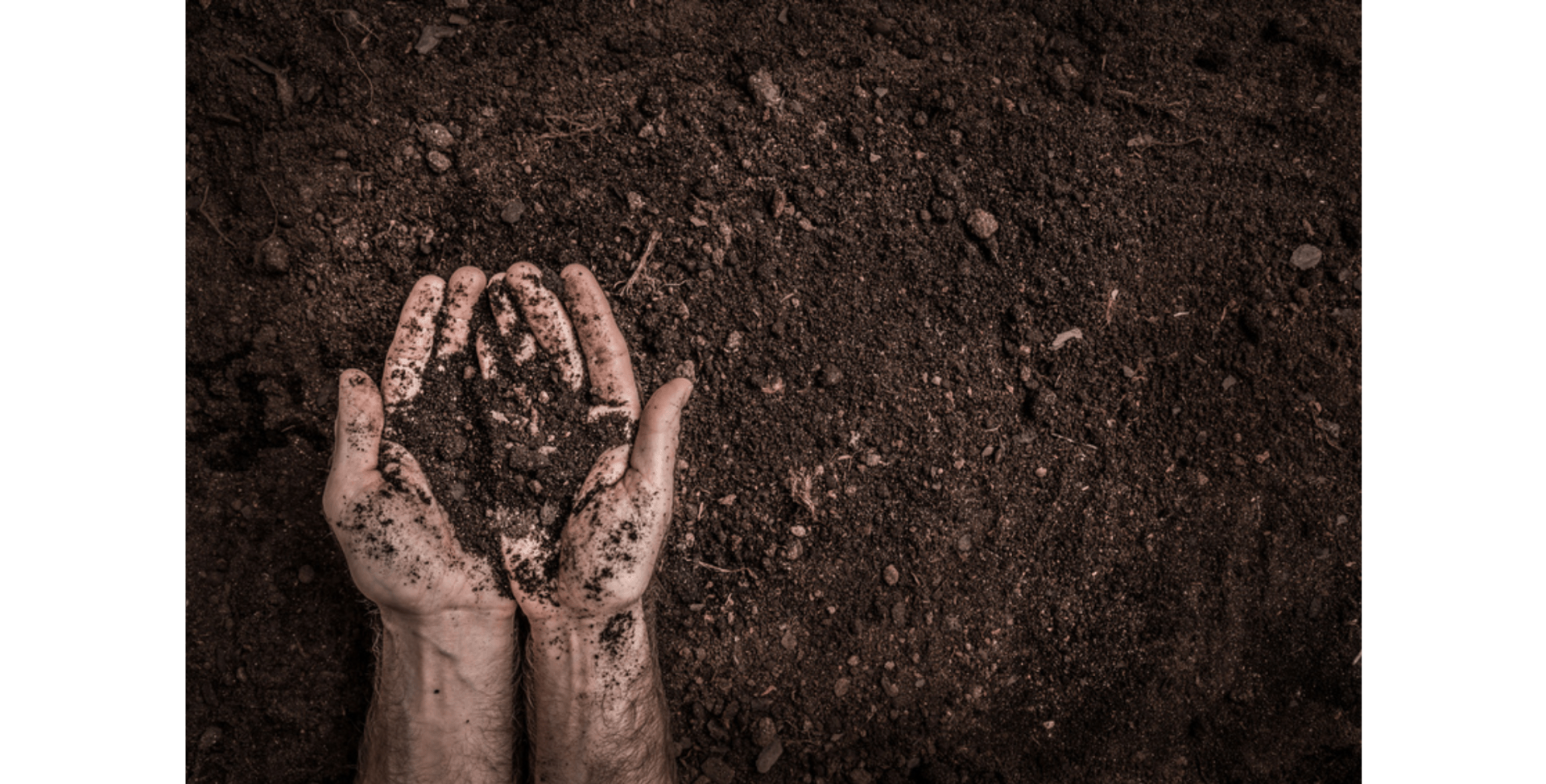
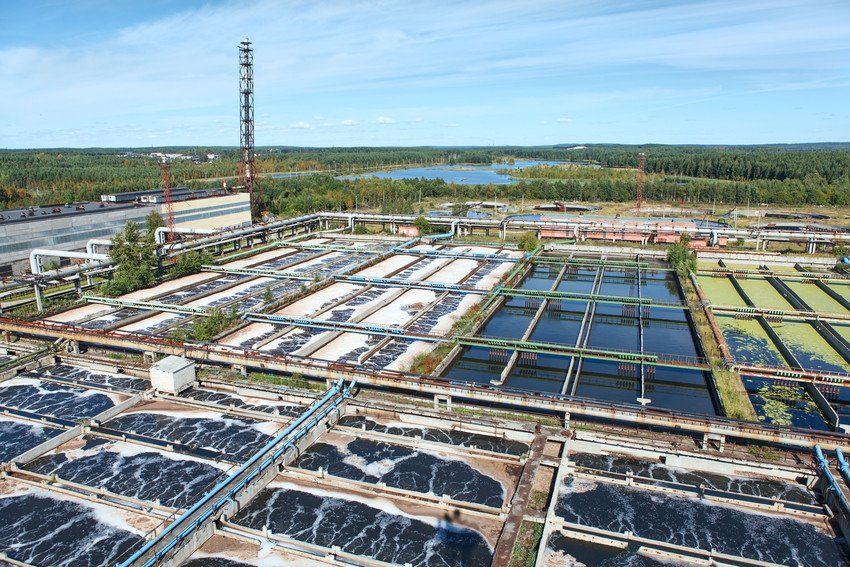

Share On: